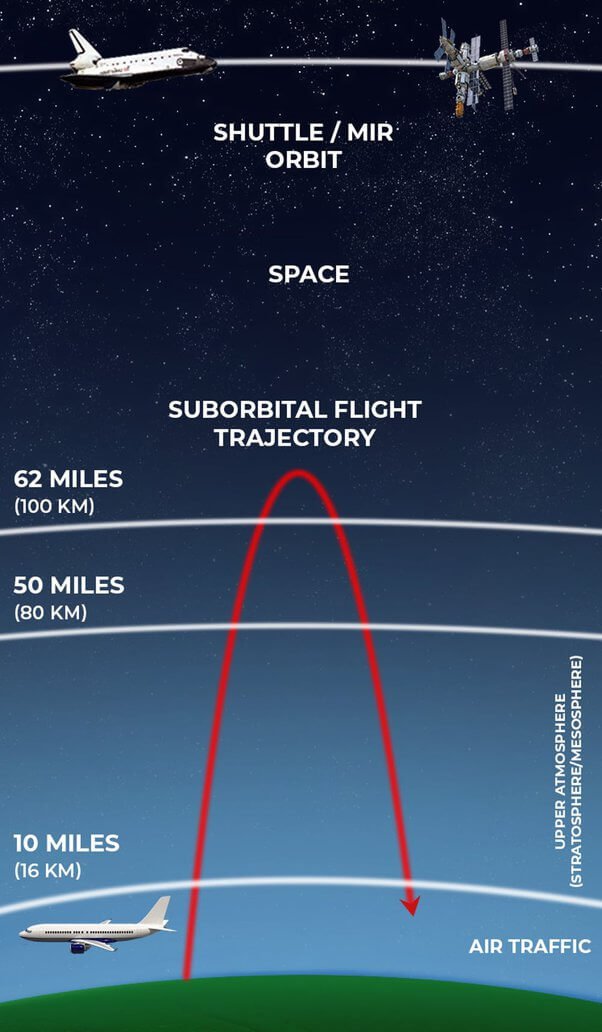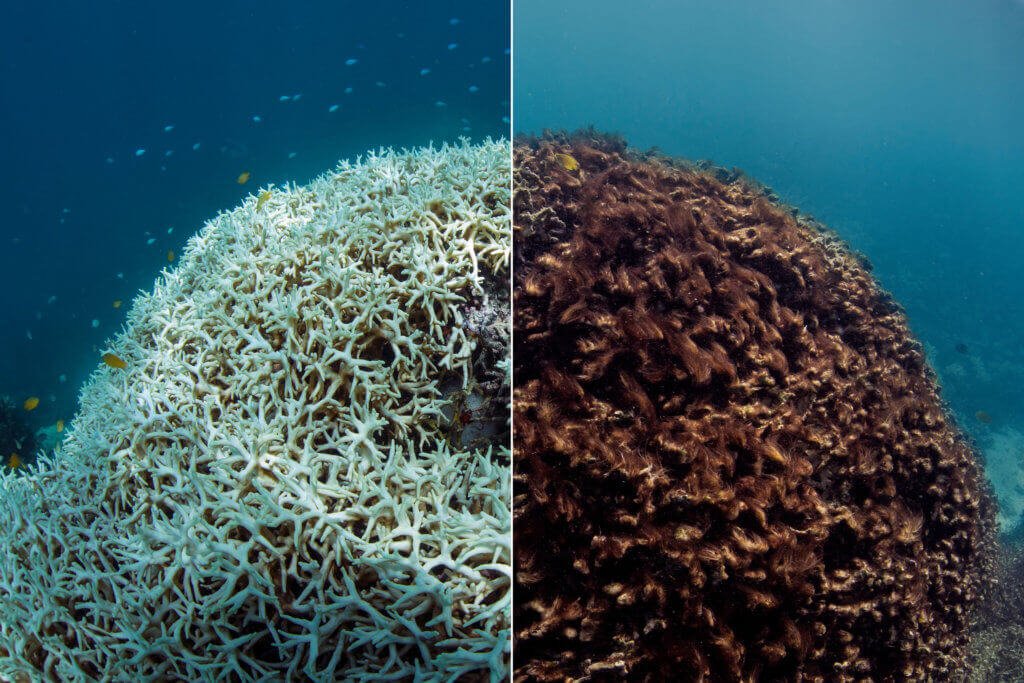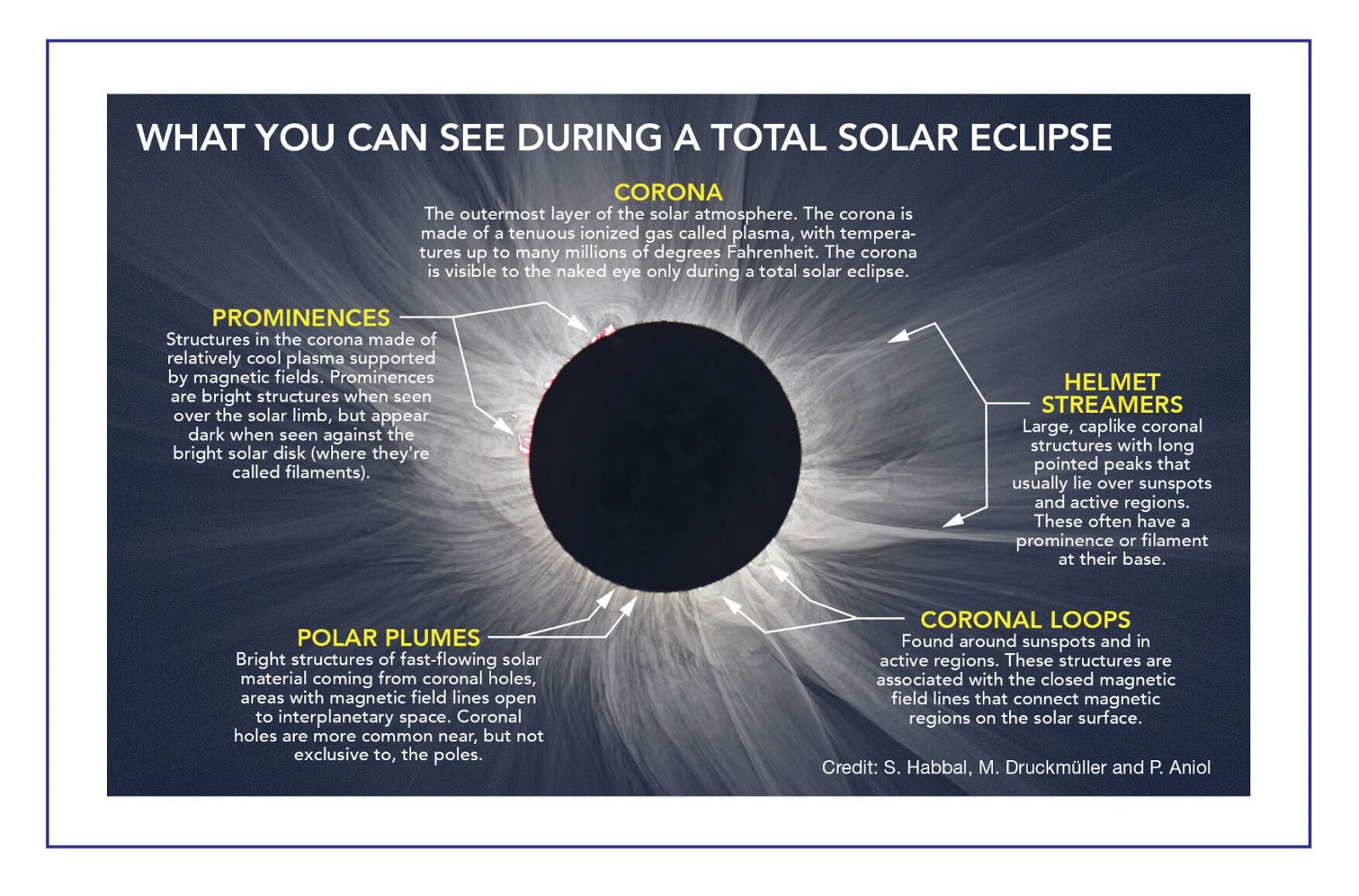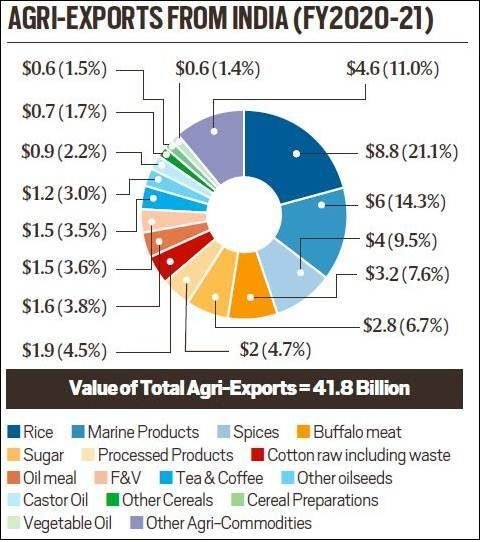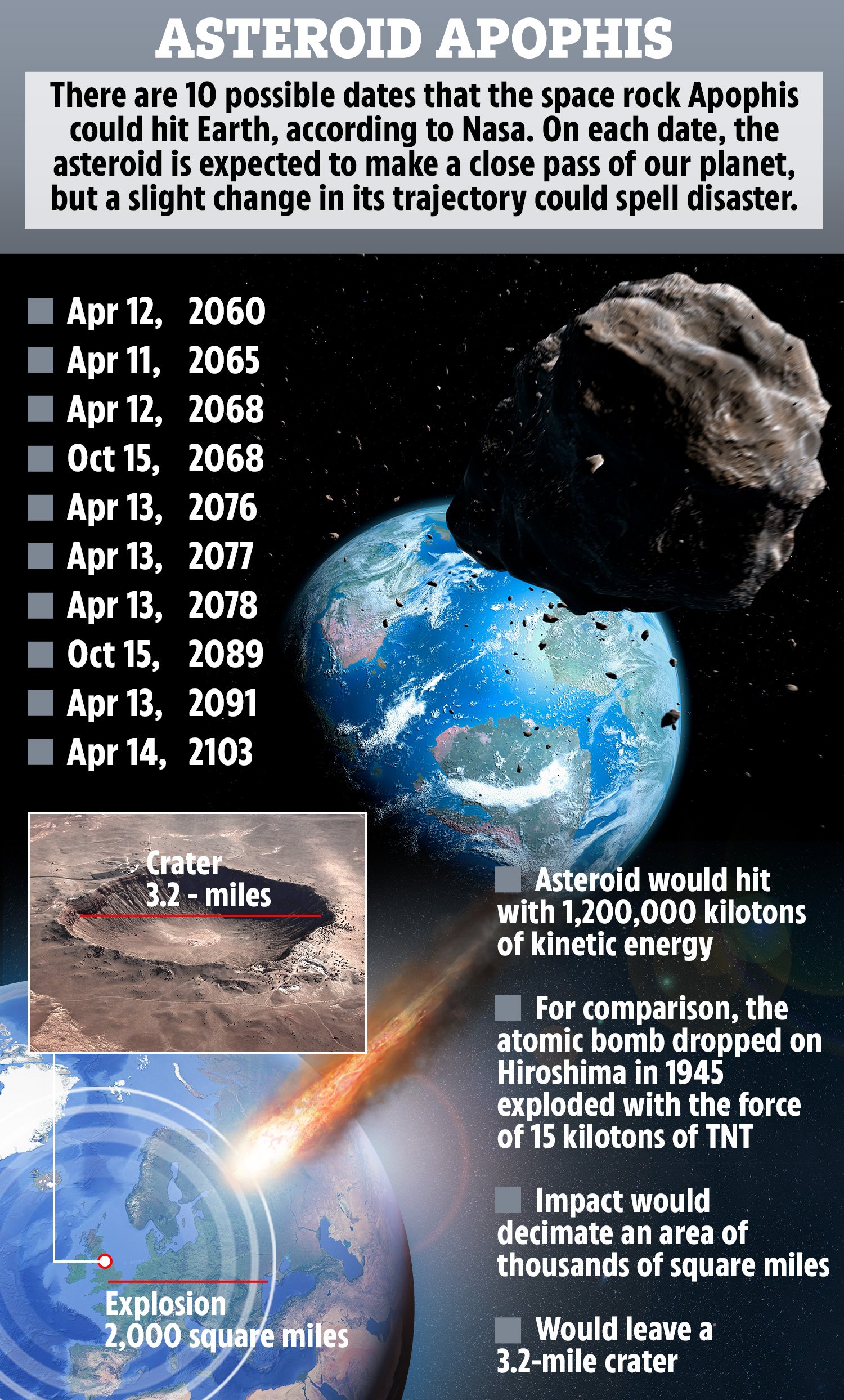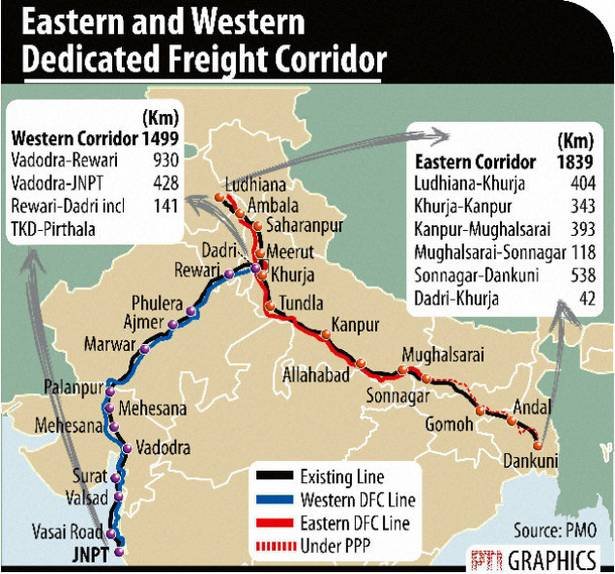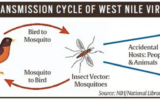
Black Carbon & Role of PMUY
Subscribers of "Current Affairs" course can Download Daily Current Affairs in PDF/DOC
Subscribe to Never Miss an Important Update! Assured Discounts on New Products!
Must Join PMF IAS Telegram Channel & PMF IAS History Telegram Channel
- Context (TH): A look at Black Carbon and the role played by Pradhan Mantri Ujjwala Yojana (PMUY) in curbing black carbon emissions.
- Black carbon, commonly known as soot, is a solid particle or aerosol (though not a gas) that contributes to the warming of the atmosphere.
- Soot is a form of particulate air pollutant, produced from incomplete combustion.
- According to a 2016 study, the residential sector contributes 47% of India’s total black carbon emissions.
- Industries contribute 22%, diesel vehicles 17%, open-burning 12%, and other sources 2%.
Impact of Black Carbon on the Environment
- Black carbon warms the earth by absorbing heat in the atmosphere and by reducing albedo (the ability to reflect sunlight) when deposited on snow and ice.
- BC is the strongest absorber of sunlight and heats the air directly.
- It emits infrared radiation that increases the temperature.
- In addition, it darkens snowpack and glaciers through deposition and leads to the melting of ice and snow (black carbon is contributing to the melting of Himalayan Glaciers).
- Regionally, BC disrupts cloudiness and monsoon rainfall.
- Black carbon stays in the atmosphere for only several days to weeks.
- Studies have found a direct link between exposure to black carbon and a higher risk of heart disease, birth complications, and premature death.
- Most black carbon emissions in India arise from burning biomass, such as cow dung or straw, in traditional cookstoves.
- Recent estimates have indicated that mitigating residential emissions will avoid more than 6.1 lakh deaths per year from indoor exposure to air pollution.
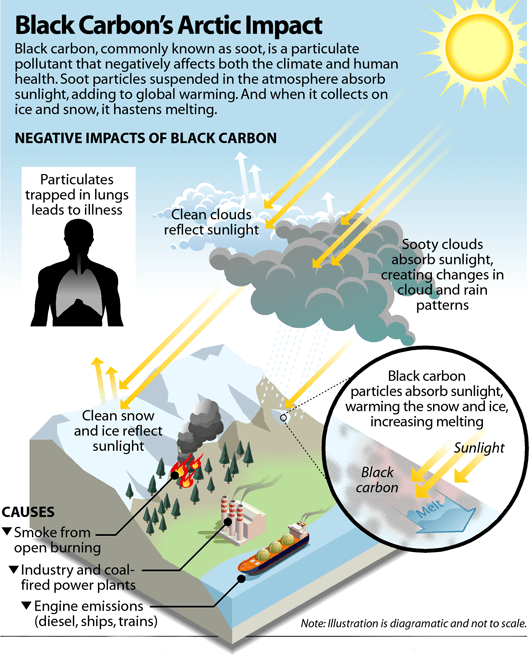
Role of PMUY in curbing black carbon emissions
- The Pradhan Mantri Ujjwala Yojana (PMUY) is a government scheme launched in 2016.
- The primary objective was to make clean cooking fuel available to rural and poor households and reduce their dependence on traditional cooking fuels.
- The PMUY has established infrastructure for LPG connections, including free gas stoves, deposits for LPG cylinders, and a distribution network.
- The programme has thus played a vital role in reducing black carbon emissions, as it offers a cleaner alternative to traditional fuel consumption.
- The programme has provided connections to over 10 crore households as of January 2024.
Challenges faced
- However, in 2022-2023, according to RTI data, 25% of all PMUY beneficiaries, i.e. 2.69 crore people, availed either zero LPG refill or only one LPG refill, meaning they still relied entirely on traditional biomass for cooking.
- Further, The Hindu found that the average PMUY beneficiary household consumes only 3.5-4 LPG cylinders per year instead of the six or seven a regular non-PMUY household uses. This means up to half of a PMUY beneficiary household’s energy needs are still met by traditional fuels.
- Further, with the rapid increase in LPG prices over the last five years, the cost of a 14.2-kg LPG cylinder, even with an additional subsidy, is still about ₹600 per cylinder.
- Another big hurdle to the PMUY’s success is the lack of last-mile connectivity in the LPG distribution network, resulting in remote rural areas depending mostly on biomass.
- One potential solution to this issue is the local production of coal-bed methane (CBM) gas by composting biomass.
- Panchayats can take the initiative to produce CBM gas locally at the village level, ensuring every rural household can access clean cooking fuel.




![PMF IAS Environment for UPSC 2022-23 [paperback] PMF IAS [Nov 30, 2021]…](https://pmfias.b-cdn.net/wp-content/uploads/2024/04/pmfiasenvironmentforupsc2022-23paperbackpmfiasnov302021.jpg)
